Spring and Summer aren’t the only seasons when your garden can shine. At Kinghorn Gardens we believe with intentional design, proper planning and a little bit of horticultural know-how, your landscape can be just as beautiful and robust in fall as in the first few months of the growing season.
The first official day of fall, autumn, or pre-winter, whatever you like to call it, is September 23rd; although we all know that the temperamental Nebraska weather doesn’t always play along with the official start date. With this transition season, the days get shorter and the temperature drops. Plants prepare for winter with limited warmth and sunshine by shutting down their green, food producing, chlorophyll chambers. When the green disappears, reds, yellows, and oranges begin to show up. These “fall” colors were present all year, but have been covered up by the green of the chlorophyll until now.
Over the next few weeks we will be discussing the top three fall colors in your garden; red, yellow, and orange. We will touch on what brings these colors out in your landscape, as well as common, native, unusual and perennial plant material to bring these colors to your garden’s autumnal palate.
We start off our fall color exploration with red. A robust and powerful fall color, sure to catch your eye within the landscape. With its sharp contrast to the greens of summer, red foliage celebrates fall’s arrival. The red coloring in leaves is caused by a class of pigments called anthocyanins. Anthocyanins are present in the cell sap, rather than the cell membrane, and the acidity of the sap determines the tone of red. Bright reds are caused by very acidic sap, where purples are less acidic. Check out the lists below for some common, native, unusual and perennial ways to work red into your garden.

Red Maple and Serviceberry
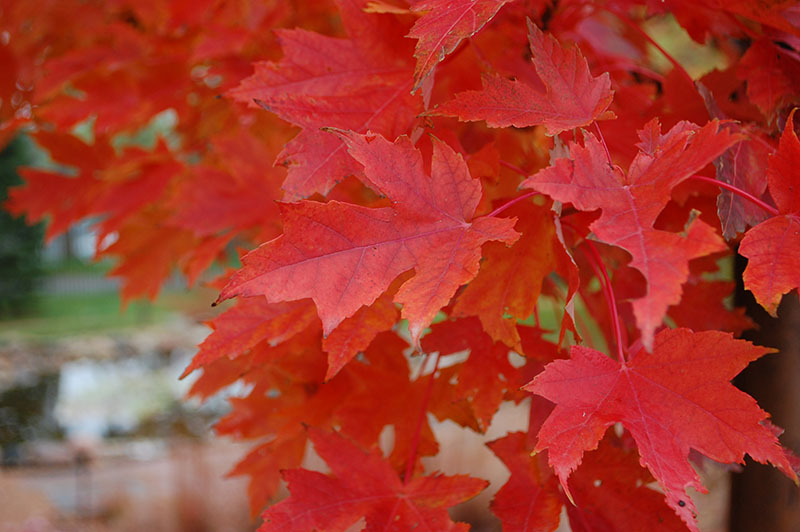
Red Maple
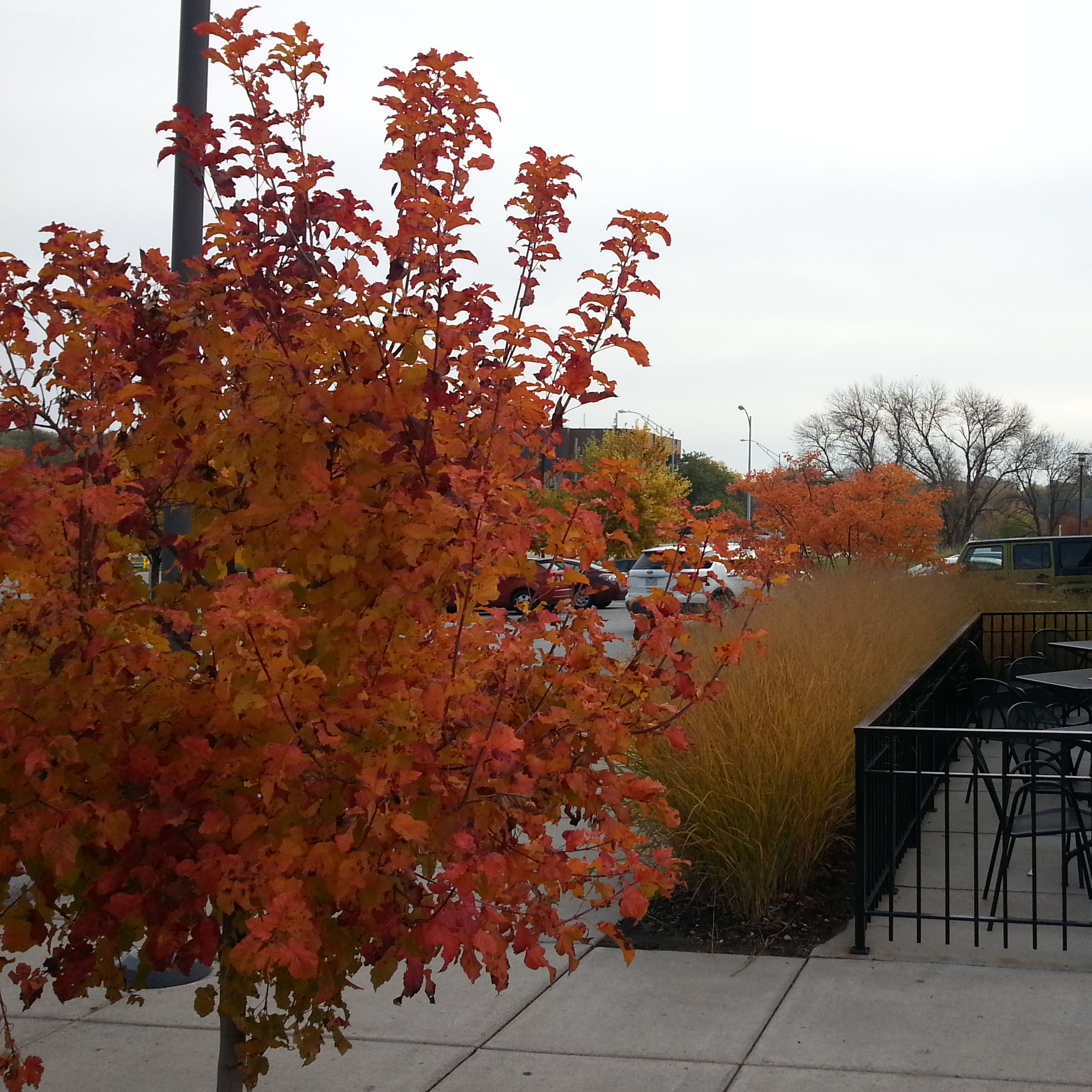
Red Hotwing Maple
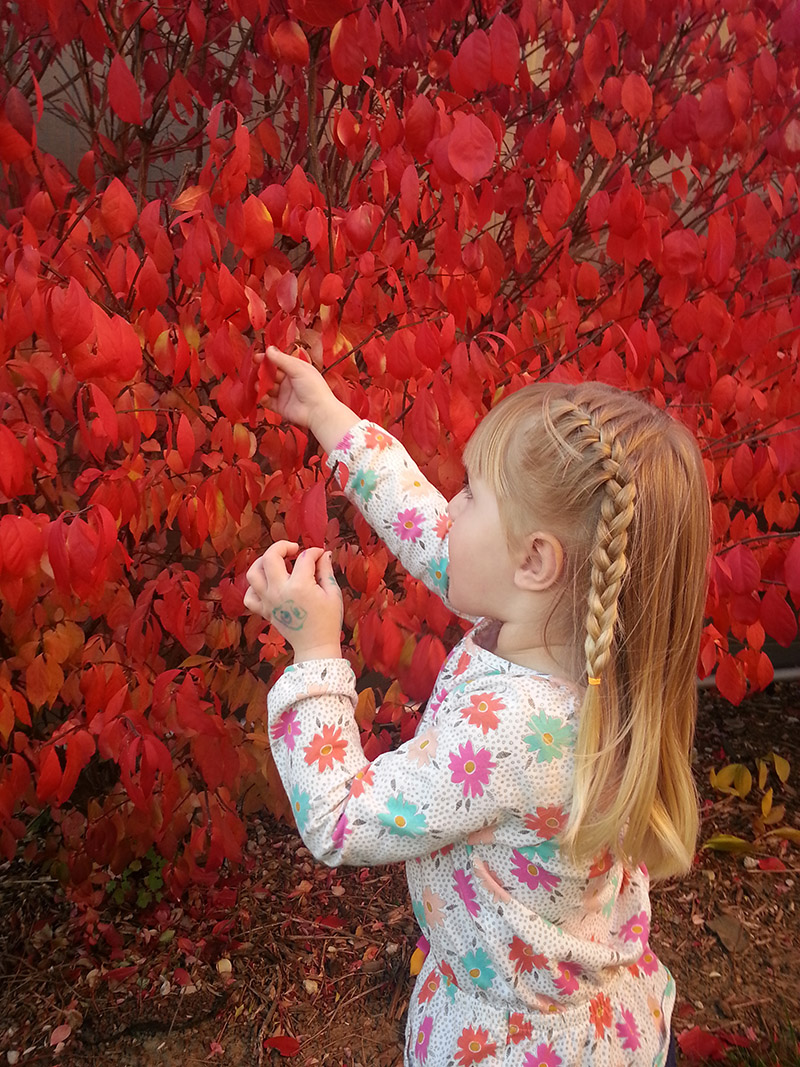
Red Burning Bush
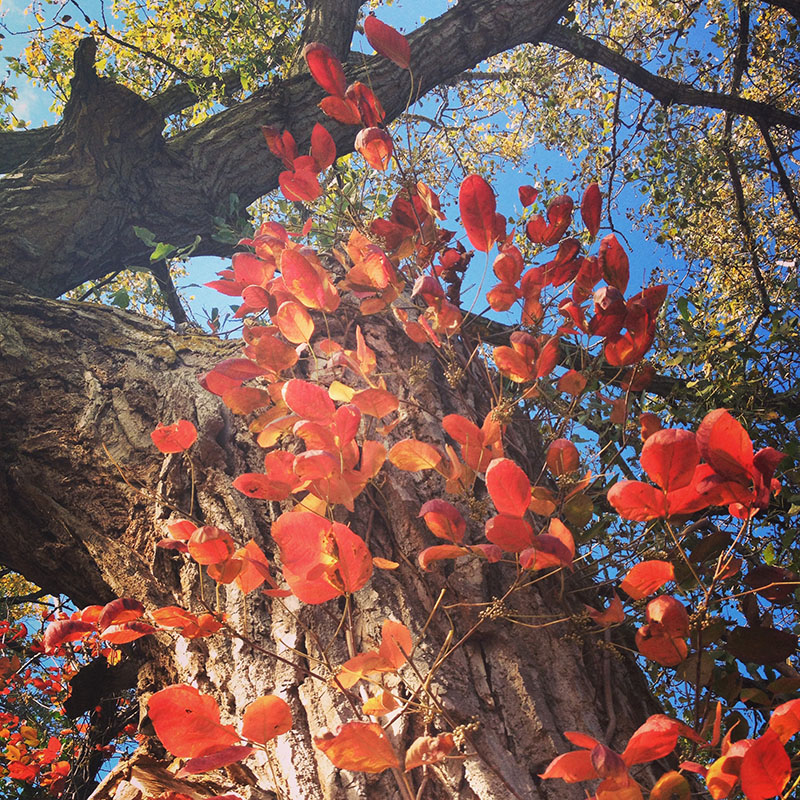
Poison Ivy
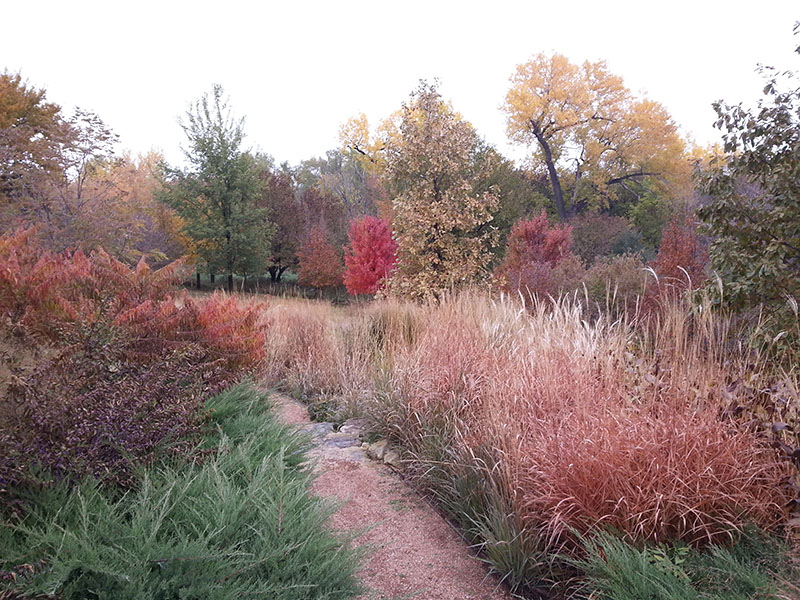
Red Indian Grass
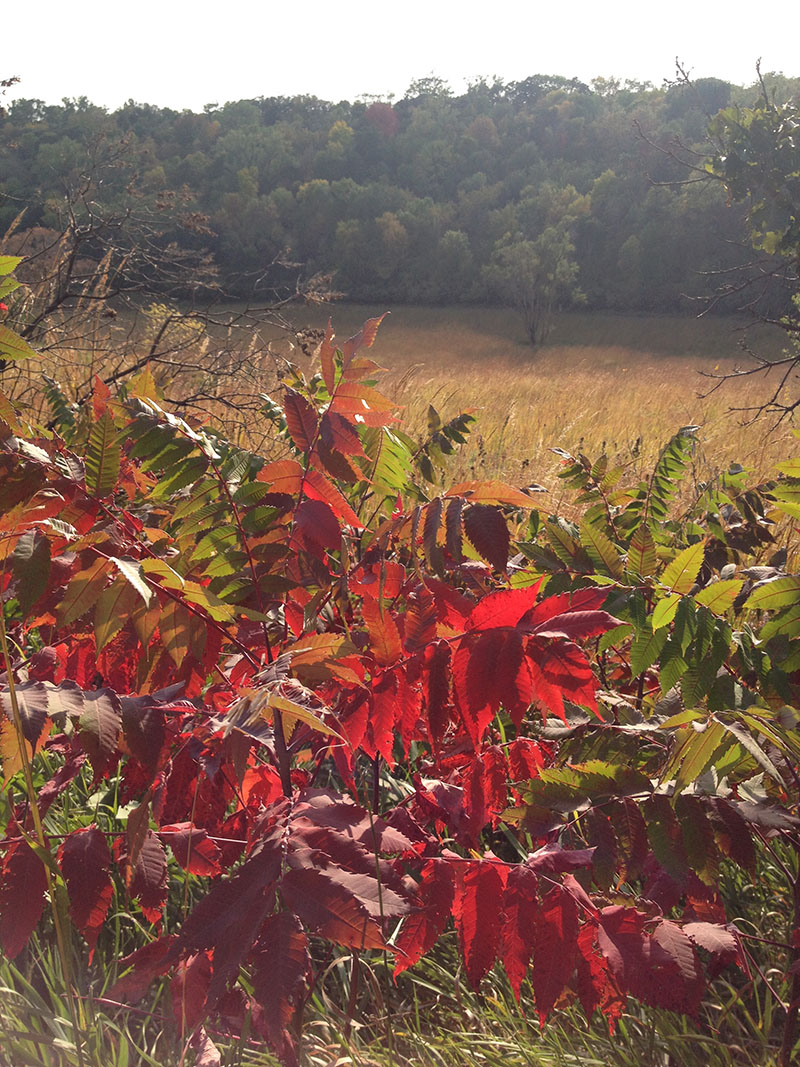
Sumac
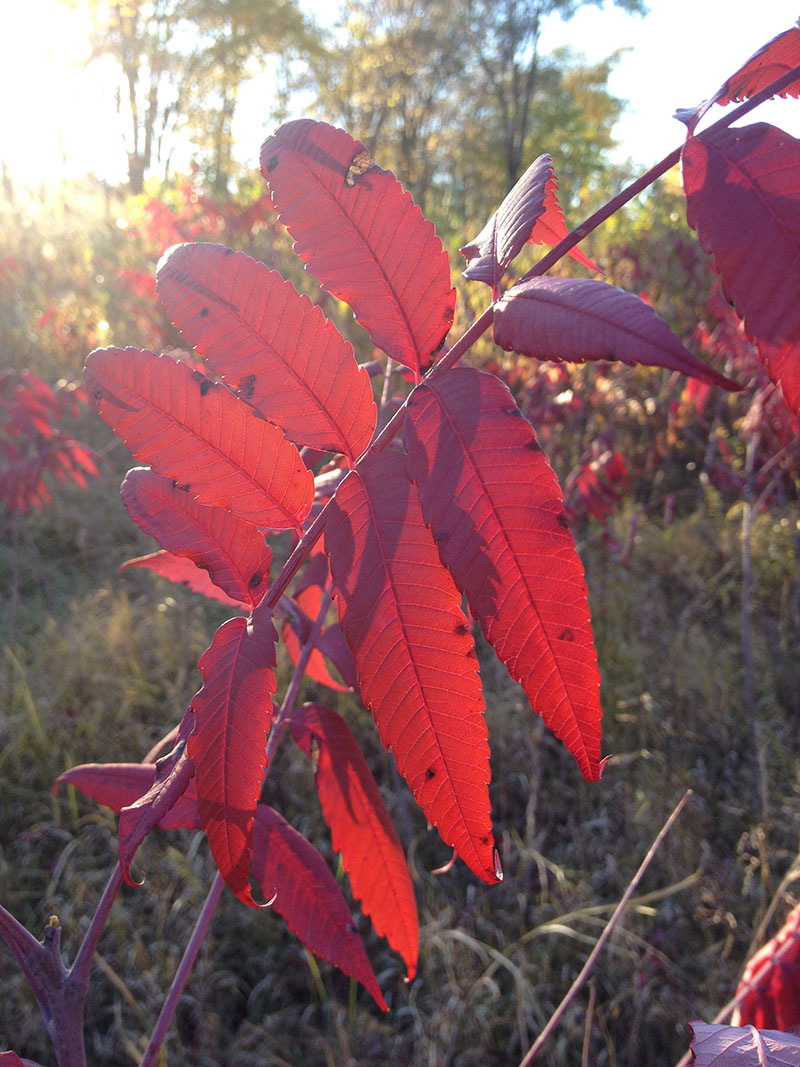
Sumac
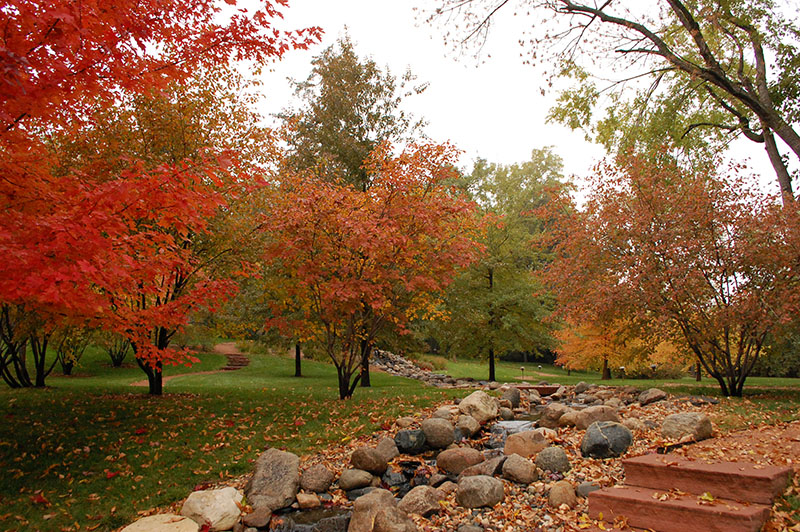
Serviceberry
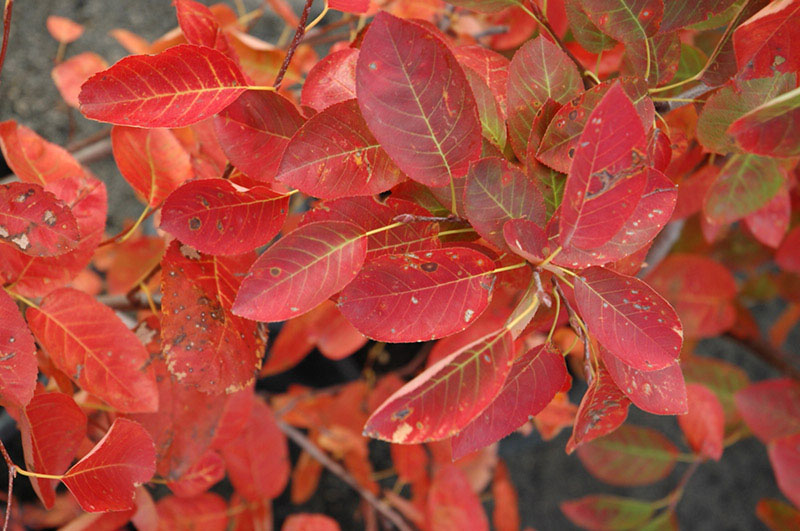
Serviceberry
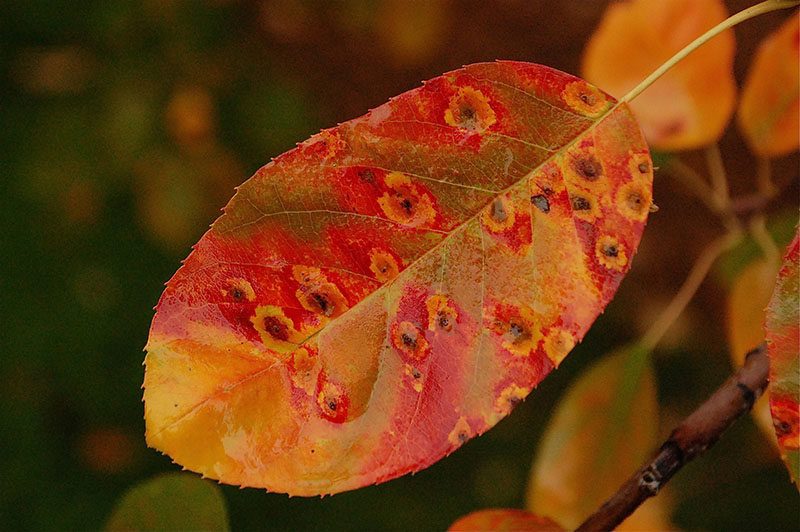
Serviceberry
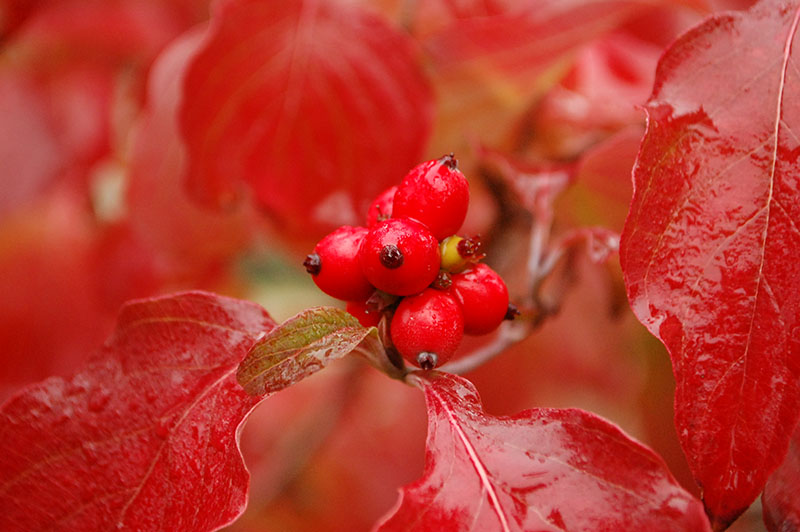
Dogwood Tree

Dogwood Tree
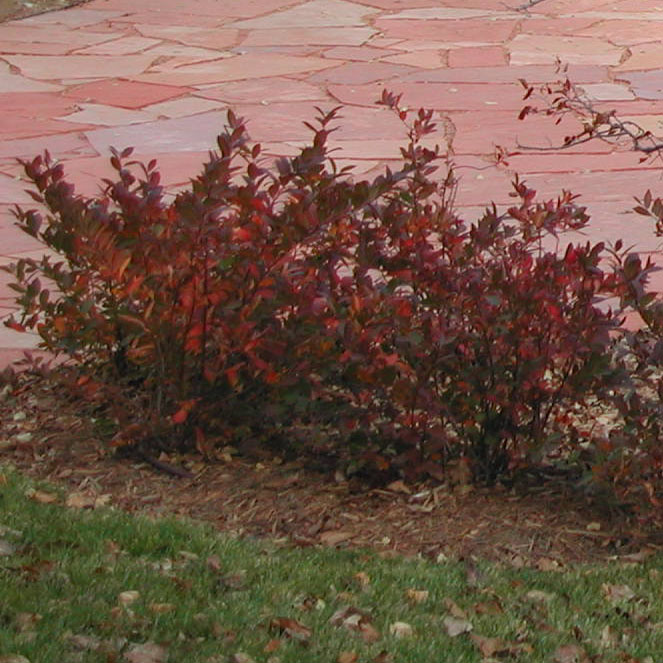
Itea

Oakleaf Hydrangea
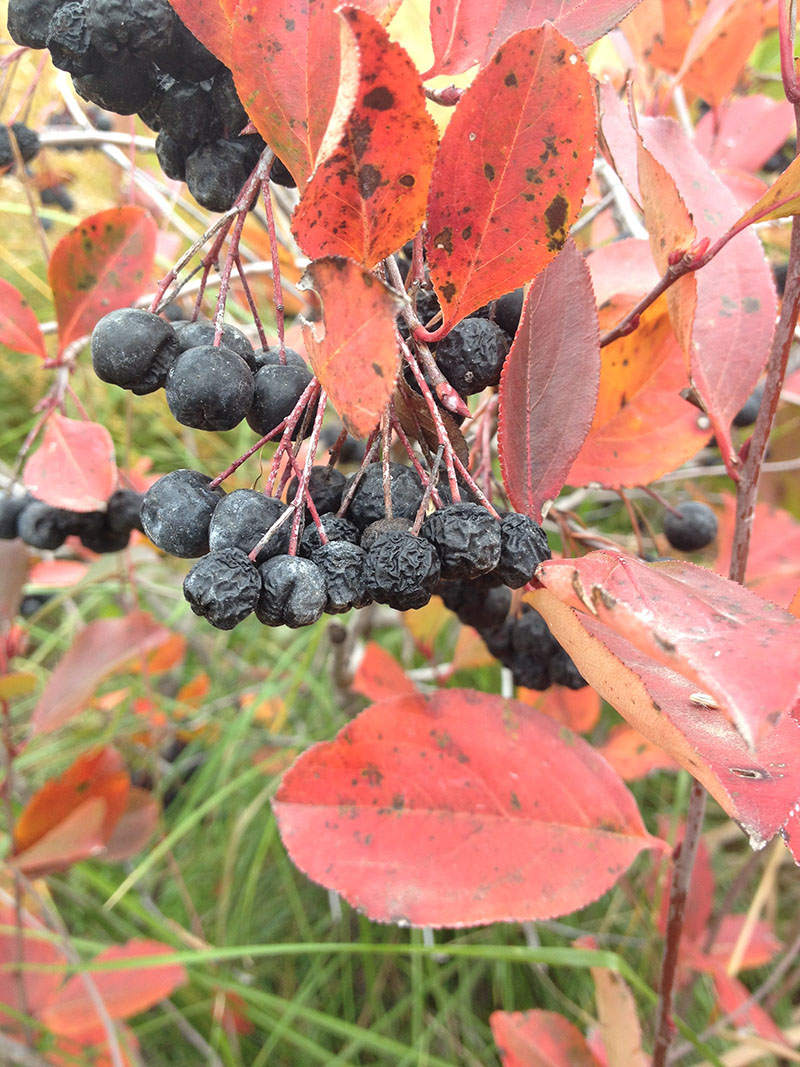
Red Aroni
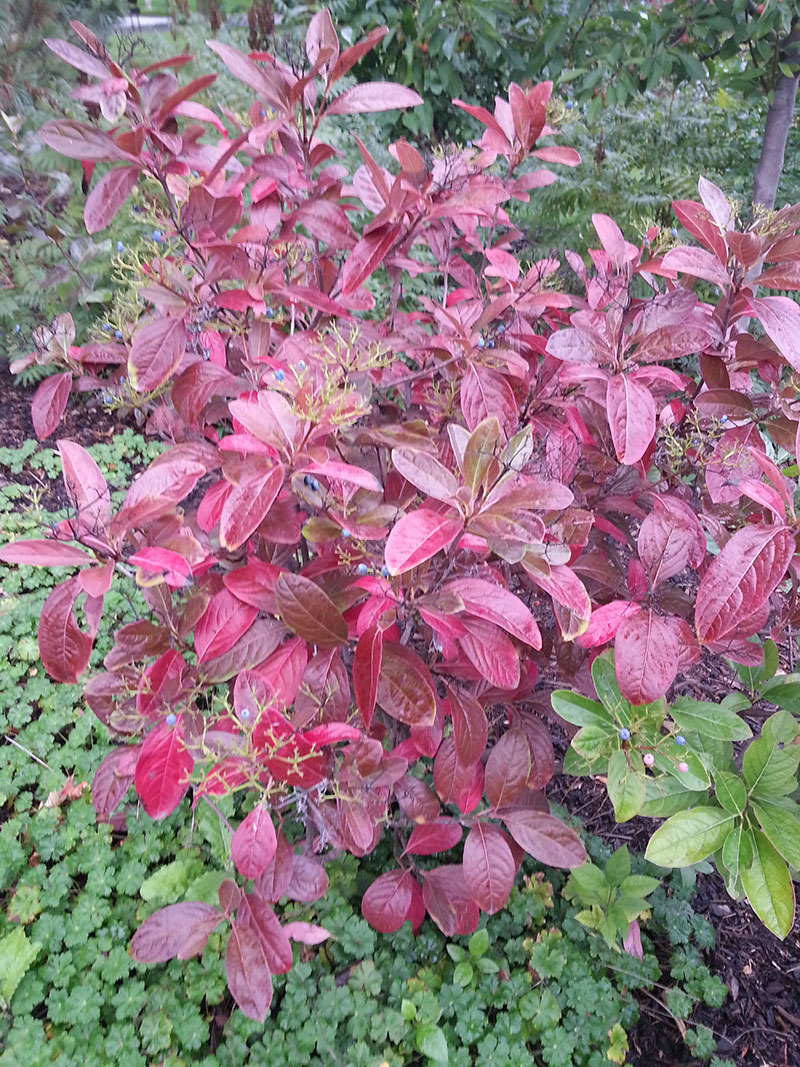
Winterthur viburnum

Perennial Geraniums
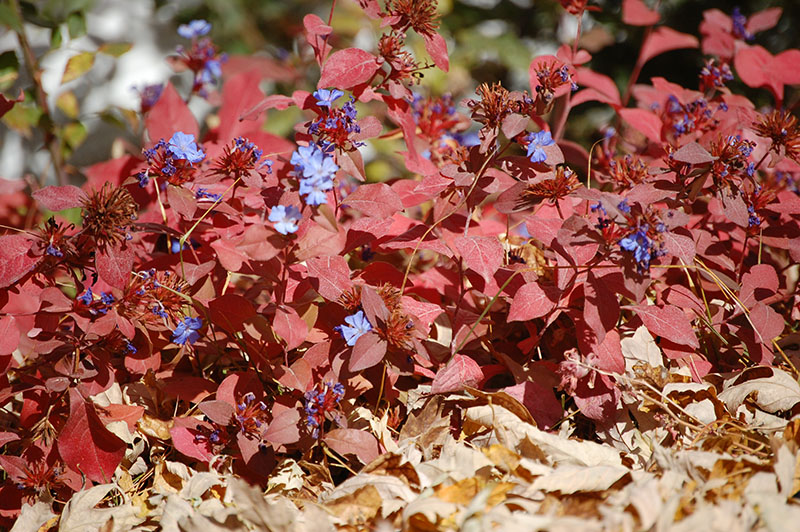
Red Plumbago
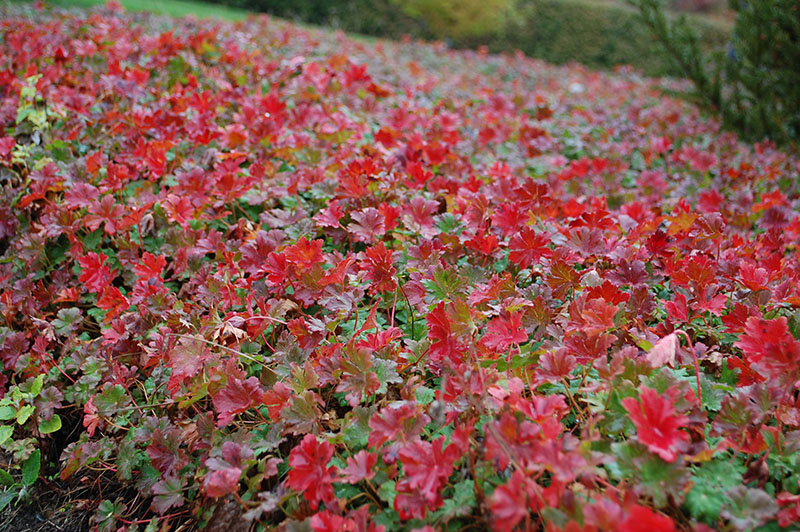
Perennial Gereniums
To make sure your garden is ready for fall, it’s best to start planning and planting in spring and summer. Not only will you be poised and ready for the color change, you will be able to enjoy your plants in more than one season and color spectrum through spring, summer and fall. Observe your own autumnal garden palate this season and note where red is lacking in your landscape.
We love to see all the fall colors in play in each space we work with, and look forward to exploring orange and yellow in the weeks to come.
Exciting! New plants in the garden! But wait....now what? How much water? When? Quick considerations before watering: Sun & Shade - Although most may say that shade gardens need less...
Spring fills us with wonder. Not in the ‘feeling of surprise mingled with admiration, caused by something beautiful’ kind of way. More along the lines of ‘what can I plant in my empty...